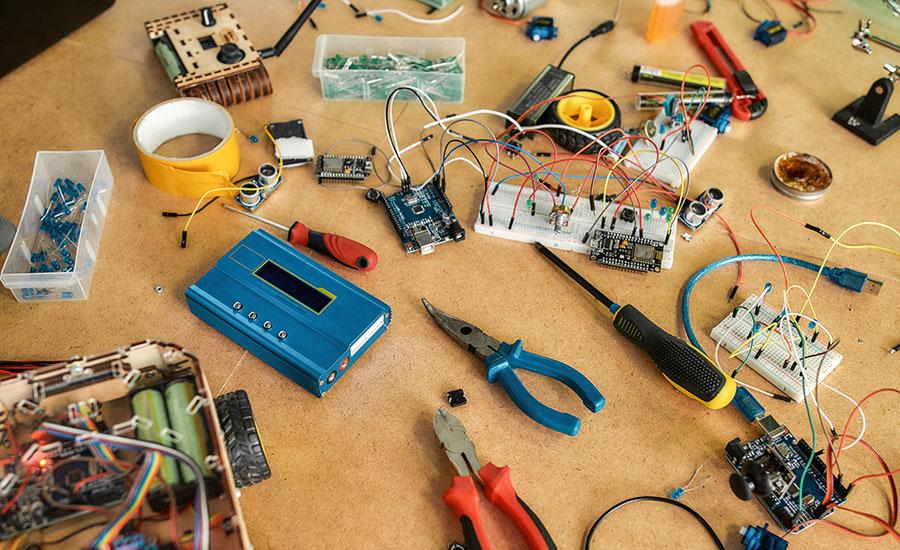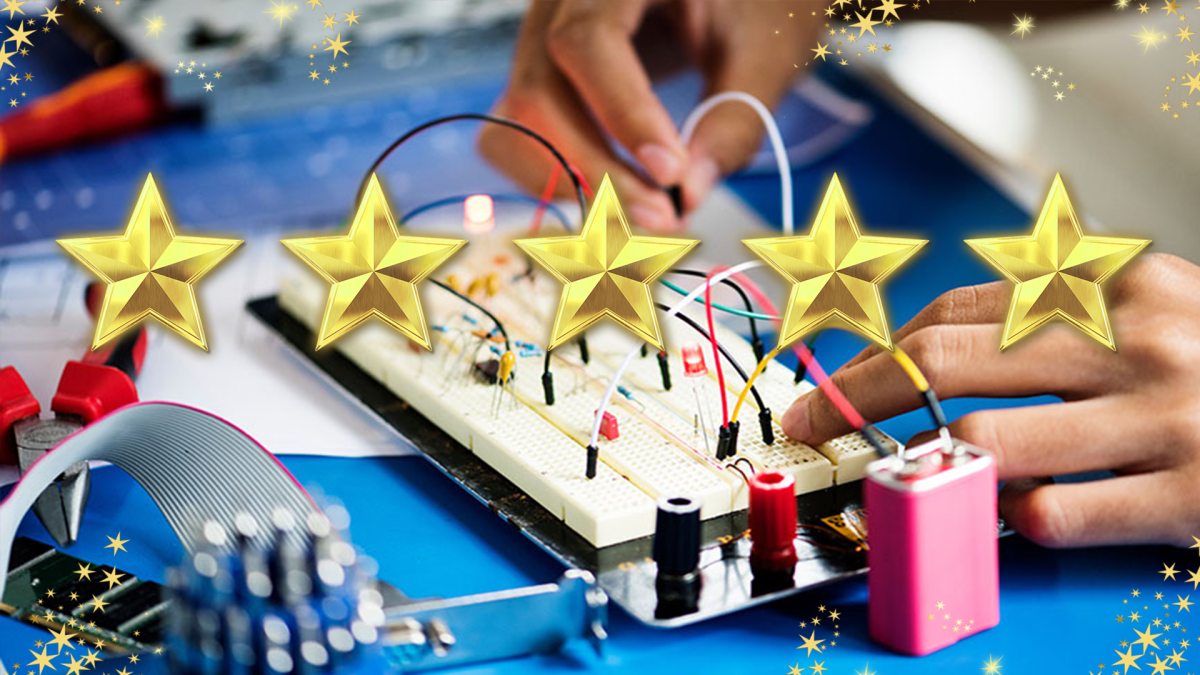Students will use jelly beans to model the variation that results from sexual reproduction. They will use Punnett Squares to practice probability.
Students are put into groups of 3 or 4. As a group they create an animal cell model and then create a slide show naming and describing the organelles of an animal cell.
This lesson takes place in a classroom over two weeks. Students may work in small groups of 2-3. Prior to the robotics challenge, teachers should facilitate student discussion through guided lessons
Students use a constant velocity, battery powered vehicle to determine the relationship between position and time. They use their results to determine the formula for speed (change in position/time).
This ice core activity takes place within a lesson on climate change that utilizes PBS Learning Media. The teacher will build ice cores for students to investigate and gather data. Students will use
How can you get objects from one location to a specific dropping point using a cable? Students utilize the Engineering Design Process and their learning of Newton's Laws of Motion, slope, mass and
Engineering of the traditional and contemporary Navajo/Diné Hogan using the sun's light to produce electricity. Students create a model of the Navajo/Diné hogan and incorporate solar energy concepts.
Students will construct a rocket by exploring the relationship of the mass in the nose cone to the success of a launch. Students will learn about "center of mass' and how to find it, as well as the
Plants are the basis for nearly all agricultural production. Agricultural plant crops produce food, fiber, fuel, and aesthetically pleasing plants. Plants utilize energy from the Sun to convert water
Animals need food and shelter to survive, just as humans. The requirements may differ slightly, but the basic needs of humans and animals are very similar. Nutritionally, all animals need protein
Featured Lesson Plans
Check out these notable lesson plans.

This is a great opportunity to show students that coding can be a lot of fun, and it doesn’t have to be scary. Many high school students with little to no prior coding experience often automatically

A Shocking Dystopia: STEM Adventures in The City of Ember Part 4 of 4: Where the River Goes
This lesson is PART 4 of a four-lesson unit, which focuses on futures thinking, the phenomenon of electricity, closed-system agriculture, and water as a renewable energy resource. “The City of Ember”

A Shocking Dystopia: STEM Adventures in The City of Ember Part 3 of 4: A Problem in the Greenhouse
This lesson is PART 3 of a four-lesson unit, which focuses on futures thinking, the phenomenon of electricity, closed-system agriculture, and water as a renewable energy resource. “The City of Ember”
